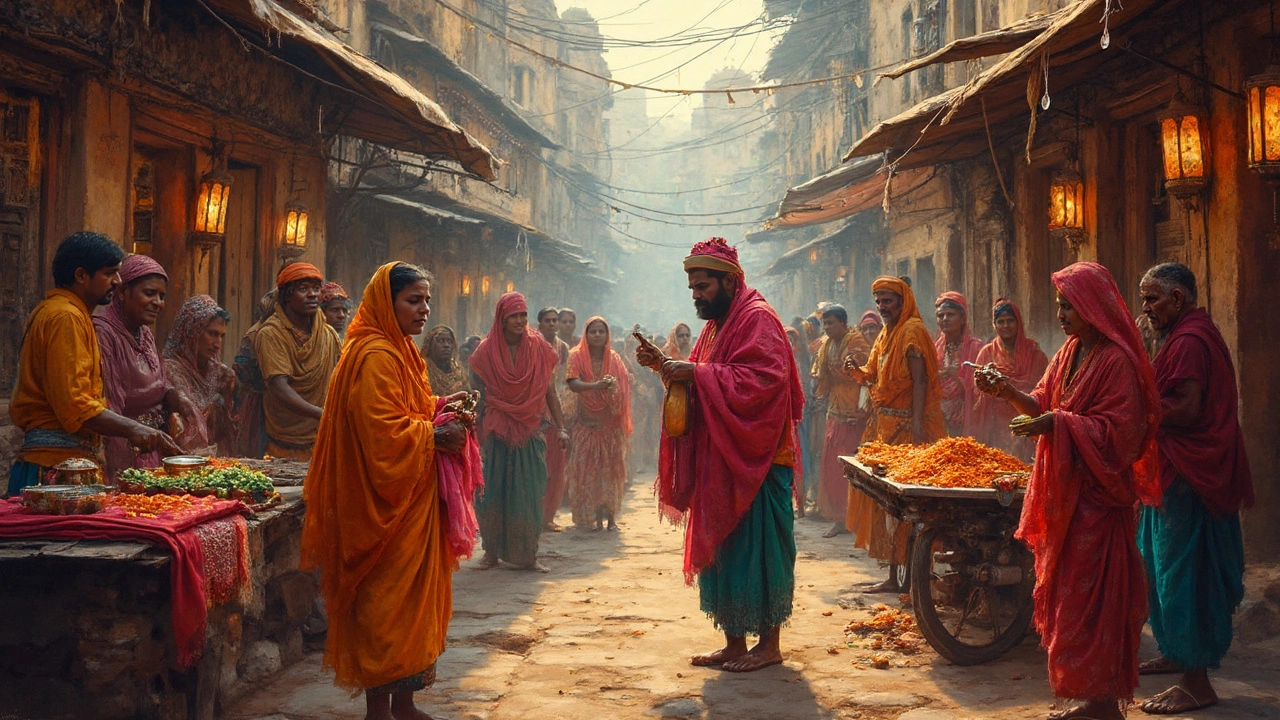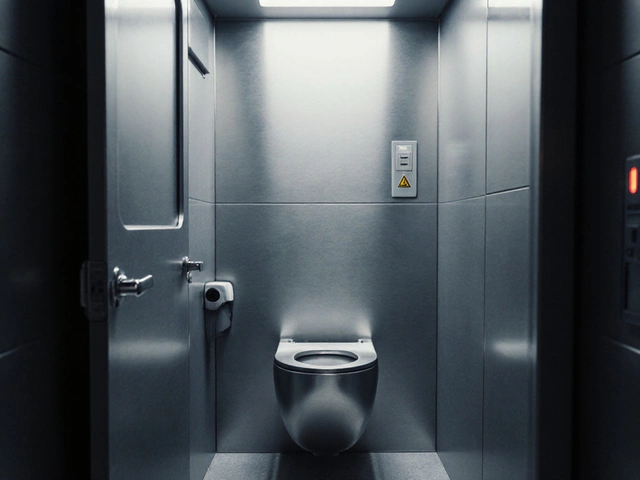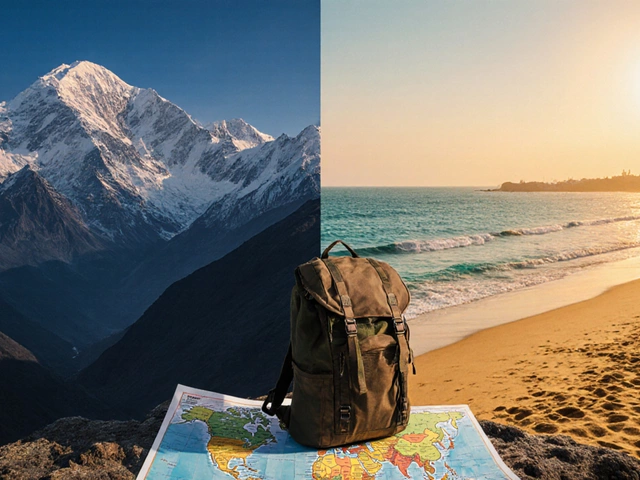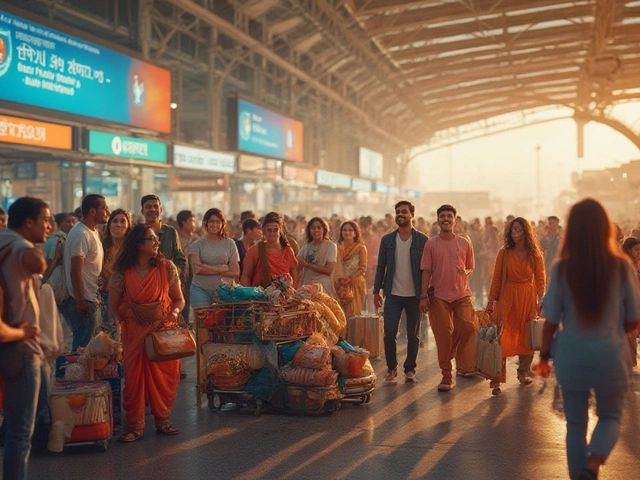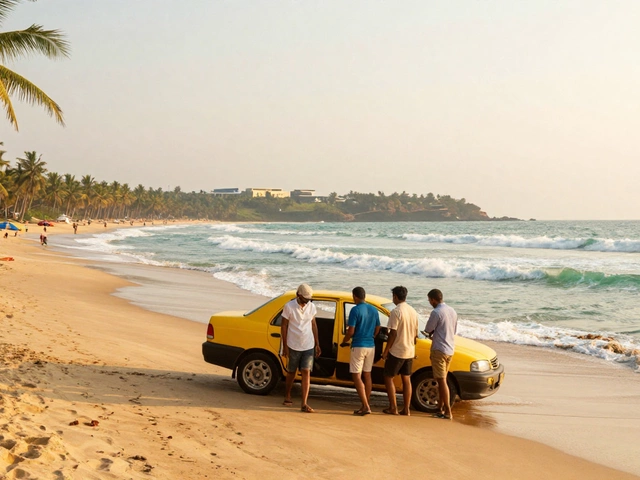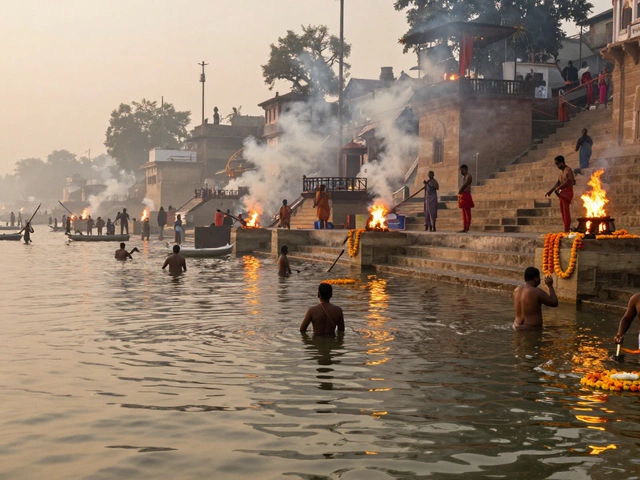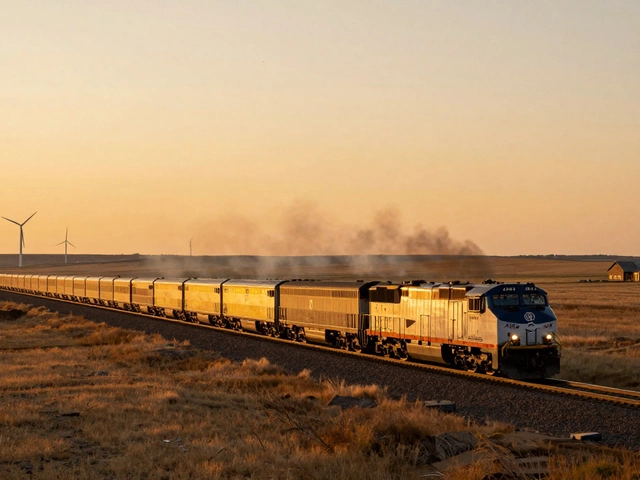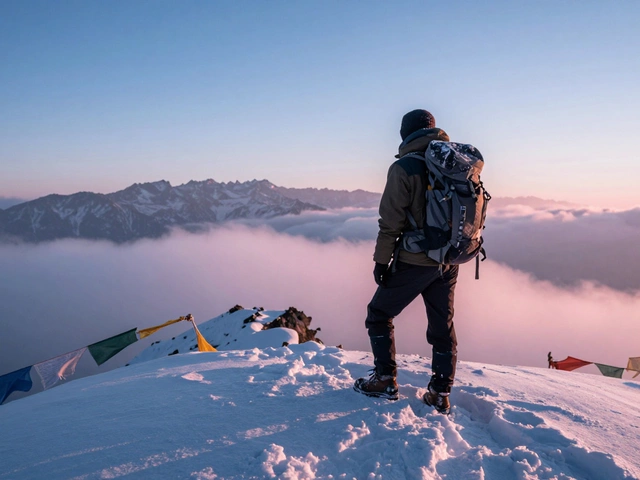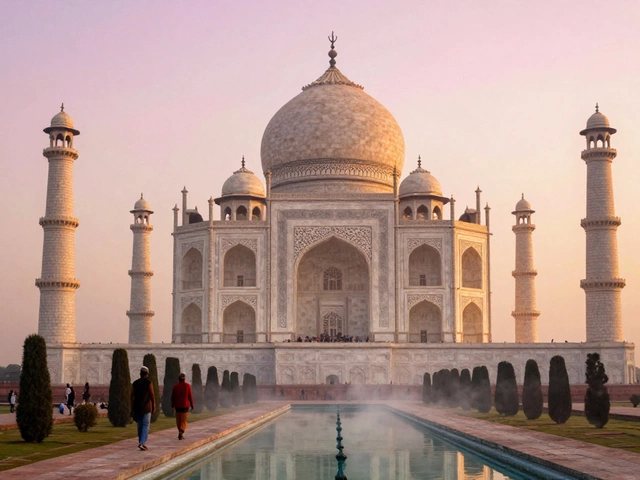If you think cultural tourism in India means just ticking off the Taj Mahal or Jaipur’s palaces, you’re missing out—big time. India’s real magic is in its day-to-day life, age-old traditions, and the way locals actually live, celebrate, and eat. Want a trip that’s a million times more interesting than a selfie at a famous fort? Start with the places and festivals that don’t always make it to the front page of travel brochures.
Sure, Delhi or Mumbai are a cultural overload, but the smaller towns often give you stories to take home. Ever watched handloom weavers at work in Varanasi, or tasted tea with a farmer family in Assam? These moments crack open a side of India that’s hard to get from museums or guidebooks. And let’s be real, your Instagram will thank you for choosing offbeat over obvious.
- Hidden Cultural Hotspots Beyond the Big Cities
- Festival Hopping: India’s Biggest Celebrations Up Close
- Living Heritage: Staying with Local Families
- Tips for Navigating India’s Cultural Landscape
Hidden Cultural Hotspots Beyond the Big Cities
It’s crazy how many travelers skip the small towns and villages in India, heading straight for the poster cities. If you want true cultural tourism India flair, dig deeper. Here’s why: local traditions aren’t just for show, they’re how people actually live. For example, in Chanderi, Madhya Pradesh, you can watch silk weavers in action—these families have been at it for generations. Walk the lanes and people will invite you to see the looms or even try weaving yourself. This kind of access isn’t staged or surface level.
Have you heard of Majuli? It’s a river island in Assam and the world’s largest, but that’s hardly the best part. Majuli is packed with satras—monasteries where you can see monks perform centuries-old dance forms like Sattriya. Most tourists go to Kerala for its backwaters, but few swing east for living heritage. Plus, Majuli is slowly shrinking because of river erosion, so time’s ticking.
If Rajasthan feels overdone, try Kutch in Gujarat. The region comes alive during the Rann Utsav festival, with white salt flats, local music, and craftspeople showing off embroidery that’ll make your head spin. The villages nearby still rely on age-old methods for everything—from pottery to weaving. You can stay in a mud hut and dine on what the locals cook every day.
| Place | State | What Makes it Special |
|---|---|---|
| Chanderi | Madhya Pradesh | Ancient silk weaving and quiet forts |
| Majuli | Assam | River island monasteries and rare dance arts |
| Kutch | Gujarat | Handicrafts, salt desert festivals, village homestays |
| Chettinad | Tamil Nadu | Mansions, unique cuisine, tile making |
If you love food, Chettinad in Tamil Nadu serves some of the spiciest and richest dishes in India, and most of the homes look like mini-palaces. Try getting into a local kitchen or tile-making workshop—you’ll never see architecture like this anywhere else, trust me.
Here’s a tip: Small places don’t always have fancy hotels, so look for homestays or guesthouses. Hosts often act as guides, doubling up as storytellers and local fixers, giving you access even the best travel agents can’t snag. Make sure to ask about local market days and community events; this is where you’ll see real life, not just curated displays for visitors.
Festival Hopping: India’s Biggest Celebrations Up Close
Festival season in India never really ends. If you time your trip right, you’ll catch a celebration every month—sometimes every week. We're talking color, music, street food, crowds, and pure energy that you just won’t find anywhere else. Whether you’re visiting for Diwali, Holi, or a local harvest festival, these experiences crank up the intensity of your cultural tourism India adventure.
Want to know when and where the biggest festivals happen? Here’s a handy rundown:
- Diwali (October/November): The ‘Festival of Lights’ gets entire cities glowing. Best to land in Varanasi, Jaipur, or Amritsar during this time—think fireworks, diya lamps, sweets everywhere, and nonstop parties.
- Holi (March): India's wildest, messiest festival. Vrindavan and Mathura are the places to go if you want to join locals in those epic color fights. Bring old clothes, no one escapes the paint.
- Durga Puja (September/October): If you’re in Kolkata, this is unmissable. Streets fill up with gigantic statues, music, parades, and food stalls. Locals don’t sleep much—they’re too busy celebrating.
- Pongal (January): Head south to Tamil Nadu for this harvest festival. You’ll see traditional cooking, bull-taming events, and farmers thanking the sun. It’s a totally different vibe from the north.
- Pushkar Camel Fair (November): Not just camels. Expect folk music, markets, dancing, mustache contests, and thousands of people from all over Rajasthan.
Festivals aren’t just about watching; they’re about joining in. If you’re invited into someone’s home for a festival meal, say yes. You’ll get the inside story on what each event really means to people living it. Don’t just hover on the sidelines—throw a color at Holi, light a lamp for Diwali, or try a sweet made only during the festival you’re in.
Curious how huge these parties get? Here’s a quick look at just how big India’s major festivals are:
| Festival | Main Location | Estimated Attendees | Special Highlights |
|---|---|---|---|
| Diwali | Pan-India (notably Varanasi, Jaipur, Amritsar) | Over 1 billion nationwide | Fireworks, lights, traditional sweets |
| Holi | Vrindavan, Mathura, Delhi | Millions across India | Color powder fights, music, street food |
| Durga Puja | Kolkata | More than 10 million | Art, decorated statues, street performances |
| Pongal | Tamil Nadu | Statewide celebrations | Traditional cooking, bull taming, rituals |
| Pushkar Camel Fair | Pushkar (Rajasthan) | Up to 400,000 visitors | Camel races, folk music, unique contests |
Pro tip: Always check local schedules, as festival dates shift every year depending on the lunar calendar. Book stays months ahead—major celebration spots fill up fast. Stay open to surprise invitations from locals. And remember, no festival is the same twice; that's part of the adventure.
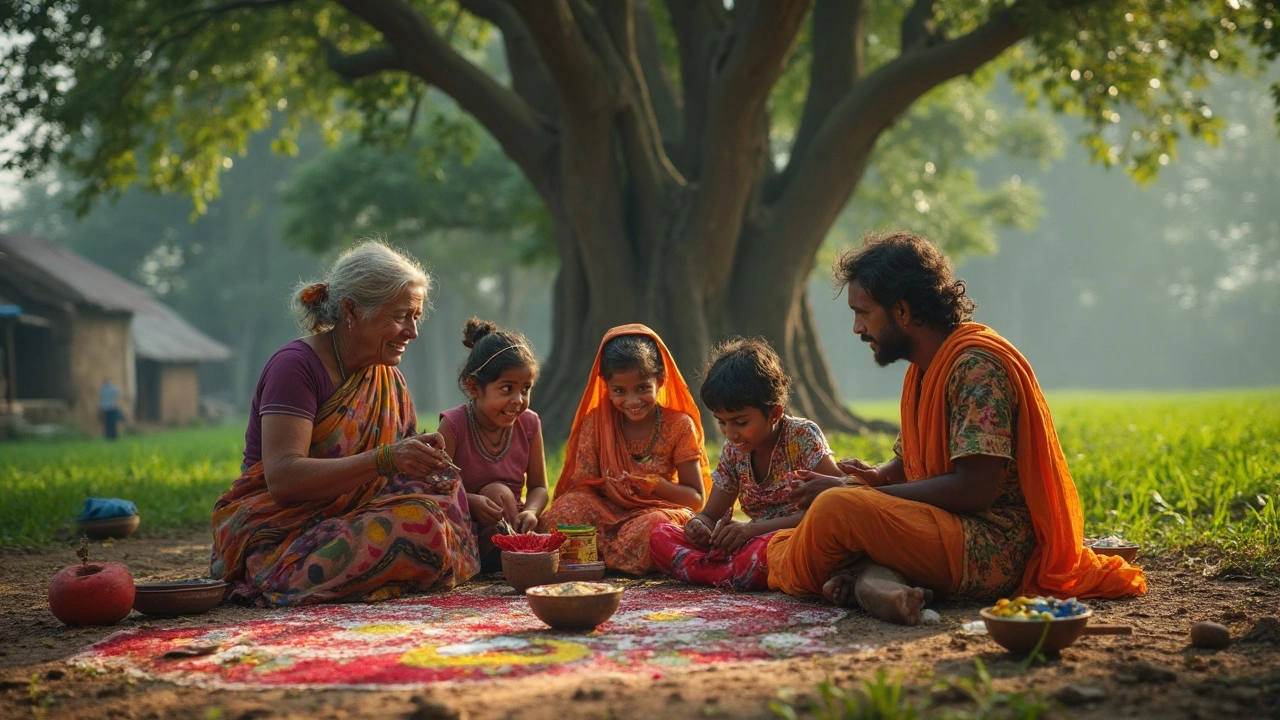
Living Heritage: Staying with Local Families
You don't really get what makes India tick until you kick off your shoes and share a home-cooked meal with a local family. Homestays aren't just cheaper than fancy hotels—they open a door to real traditions. In places like Kerala, Rajasthan, and Sikkim, government-certified homestays let you sleep in family homes, join daily routines, help cook chapatis, or tag along to a wedding if you’re lucky. You see first-hand how generations live under one roof and why hospitality here actually means treating guests like family.
For a deeper dive into cultural tourism India, these stays deliver way more than a sightseeing checklist. There’s nothing staged or artificial. In Ladakh, guests often join monastery festivals and learn about Buddhist customs straight from their hosts. In rural Tamil Nadu, you’ll probably wake up to the smell of fresh idlis steaming in the kitchen and stories about how family recipes have survived for centuries.
Why is this such a gamechanger? Here's what real homestay travelers say matters most:
- Food: You get homecooked regional dishes you can't order in restaurants. Ever heard of Assamese aloo pitika or Coorgi pandi curry? Most non-Indians haven't.
- Festivals: Families often invite guests to local celebrations—think Holi or Onam—where you get to join, not just watch.
- Traditions: You’ll learn to tie a sari, grind spices, or maybe even join a cricket game with neighborhood kids.
- Value for Money: Homestays include more meals and local activities than typical hotels for a fraction of the cost.
India’s Ministry of Tourism reports a 15% yearly rise in registered homestays since 2019, especially in heritage-rich states:
| State | Registered Homestays (2024) |
|---|---|
| Kerala | 2,340 |
| Rajasthan | 1,910 |
| Sikkim | 1,120 |
| Ladakh | 980 |
Not sure how to book? Government tourism sites or trusted platforms like India Homestays, Airbnb, and MakeMyTrip have verified listings, where you can filter by region, price, and experience. Always check guest reviews and look for official certifications—especially if you want hospitality with a hint of safety and accountability.
Tips for Navigating India’s Cultural Landscape
Navigating India’s culture isn’t just about knowing when to take your shoes off or how spicy the food will be. To really get the most out of cultural tourism India, you need to understand how things work on the ground—day to day, festival to festival, street to street. With 22 official languages and even more local dialects, don’t sweat if you can’t keep up; most people you’ll meet in tourist spots speak decent English, and a smile goes a long way.
- Dress for the place and the weather. Most temples ask you to cover your arms and legs. In villages, wearing something that blends in (think loose and modest) works best. Save the shorts for Goa beaches or major city lounges.
- Don’t skip the street food, but eat smart. Go where you see long lines (locals know what’s up). Try snacks like samosas, chaat, or dosa from vendors with busy stalls—less risk of getting sick.
- Get mobile data. Super practical for translations, booking rides, and finding that hidden café your taxi driver missed. You can pick up a SIM card at the airport or a major shop with your passport in hand.
- Cash is king in small towns and markets. While UPI (digital payments) is everywhere in cities, you’ll want small bills for chai shops or autorickshaws in rural areas.
- Learn festival etiquette. Holi looks wild on Instagram, but the colored powder doesn’t always wash out. In Kerala, Onam means sharing a huge veggie meal on banana leaves—don’t turn down an invite if you get one!
Getting around can seem overwhelming, but trains are the backbone of Indian travel. Booking tickets online through IRCTC isn’t as scary as it sounds—just register, look up your routes, and pay with an international card. Buses are everywhere, but they aren’t always comfy for long trips. For short distances, apps like Ola and Uber work well in most big cities.
| Need | Best Option | Try This |
|---|---|---|
| Booking trains | IRCTC app/website | Advantages: Reserved seats, reliable schedules |
| Finding good food | Ask locals, Zomato app | Busy places usually mean fresher food |
| Getting around cities | Ola/Uber cabs | Cheaper than hotel taxis, less chance of getting lost |
| Staying connected | Buy a local SIM card | Cheaper data, better coverage for rural travel |
Be open, ask questions, and don’t over-plan every minute. The best cultural moments in India happen when you let things unfold on their own. Locals love sharing stories—be curious, and you’ll walk away with memories that go way beyond photos and souvenirs.
